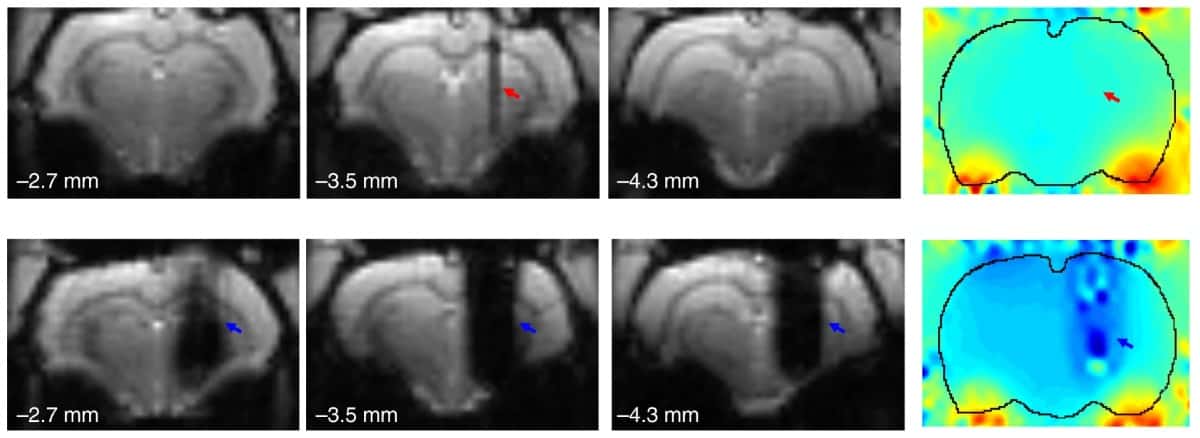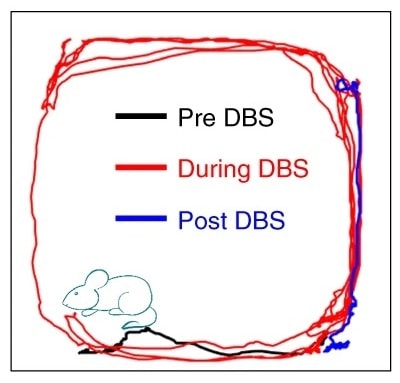Light diffracts as it travels around objects. If it didn’t, designing quantum optics devices and getting optical microscopy to resolve nanoscale images would be heaps easier. Now an international collaboration of researchers has shown that dispersion- and diffraction-free propagation is possible, with a resolution that beats the diffraction limit by more than an order of magnitude, in twisted layers of 2D molybdenum trioxide. These photonic effects mirror the behaviour of electrons in twisted bilayer graphene, where reports of electrons travelling with no resistance kicked off a rich new field of 2D materials research known as “twistronics”.
In 2018 Pablo Jarillo-Herrero and colleagues observed that electrons in pristine bilayer graphene – layers of a honeycomb-shaped carbon atom lattice – could be made to superconduct, or exist in Mott insulator states (depending on whether an electric field is applied or not) when one layer is twisted by a “magic angle” with respect to the other. Following this announcement, reports of other twisted 2D systems exploded in number. But while scientists with a penchant for curious electron antics pondered how electrons racing through magic-angle graphene could couple strongly enough to form the Cooper pairs behind superconductivity, this so-called “flat band” behaviour was also stimulating new ideas for researchers in photonics.
Photonic flat bands
Andrea Alù, a researcher at City University of New York and senior author of the latest report (which is published in Nature) notes that in magic-angle twisted bilayer graphene, the term “flat band” refers to a state in which electron energies flatten as their momentum increases, rather than increasing linearly with momentum (as they would in a single layer of graphene). This behaviour arises because when the two carbon-lattice layers are twisted ever so slightly out of sync with each other, electrons tunnelling between them experience a potential field with a new periodic variation, like the beating of two musical tones.
Photonics, of course, is concerned with light rather than electron transport. However, Alù and his collaborators realized that similar flat-band behaviour can also occur in photonic “metasurfaces” – that is, materials with a composition and structure engineered to support unusual photonic effects at their surface.
Normally, light emanates from a point source in circular wavefronts, like the rings round a pebble dropped in a pond. In metasurfaces engineered to have anisotropic photonic responses, however, these rings become squashed into ellipses. At their extreme, these ellipses can even take on a hyperbolic shape, like the trajectory of a rocket reaching escape velocity. The photonic flat bands Alù and colleagues observed appeared at the transition between elliptical and hyperbolic responses to light, which occurs at the resonance frequency of a metasurface made from a grid of graphene nanoribbons.
Inspired by developments in twistronics, the researchers decided to investigate whether the photonic flat-band behaviour in two layered metasurfaces would change if the metasurfaces were twisted relative to each other. They calculated that they could shift the flat band away from the resonance frequency simply by controlling the relative angle between the two surfaces. This would be a huge bonus, because the metasurface strongly absorbs light at its resonant frequency, which would make it hard to exploit the flat-band effect. However, for this effect to work without suffering from large nonlocalities, they found that they needed to make the nanoribbons in their metasurface very densely spaced, with features that are prohibitively small for even the most sophisticated nanofabrication techniques.
Natural flat bands
These stringent nanofabrication requirements posed a serious challenge to the researchers’ effort to experimentally validate their results. The breakthrough came with reports that a natural (that is, non-structured) 2D material known as α-molybdenum trioxide (α-MoO3) exhibits unusual dispersion behaviour in quasiparticles known as phonon-polaritons, which arise when incident photons and vibrations of the material’s lattice oscillate in unison. “Interestingly, MoO3 naturally supports hyperbolic polariton propagation in plane, which is exactly what we needed for our concept to work, without any complicated fabrication requirements,” Alù tells Physics World.
He and his collaborators took two layers of 2D α-MoO3 rotated with respect to each other and used a nanoscale metallic tip to excite the phonon-polaritons. They then used the same tip as a scanning near-field optical microscopy (SNOM) probe, which measures the non-propagating near-field, to achieve non-diffraction-limited polariton images.
These experiments revealed the existence of an all-important flat band at magic-angle twists of the two α-MoO3 layers, where phonon-polaritons propagate as rays with no diffraction. While diffraction limits the resolution of propagating light to around half its wavelength, the researchers clocked the full-width half maximum of the ray near the defect at 1/40th of its free-space wavelength. The ray’s decay length was also almost eight times the phonon-polariton decay length at the flat band resonance in a single layer of α-MoO3. The effects were observed even when the thicknesses of the layer varied, indicating they were not easily perturbed – a robustness typical of topological phenomena.

‘Twistronics’ tunes 2D material properties
“To me, the most exciting part is the beauty of how you can predict this phenomenon to arise from purely geometric formulae,” explains Alu. “Overlaying the hyperbolic shapes associated with each of the isolated layers and gradually increasing the twist between the layers will lead to crossing points where the hyperbolic dispersion curves intersect. At first there will be just two intersections, but when the other sides of the hyperbolae intersect as well, there will be four, and it is at this ‘magic angle’ for which the number of intersections changes that the flat band and associated effects occur. Because the shape the hyperbola makes with respect to the lattice for a given frequency is known, it is possible to predict the magic angle just by counting the intersections. You can then tune the flat band to any frequency of interest within the hyperbolic band of α-MoO3 by twisting.”
Frank Koppens, a researcher at the Institute for Photonic Science in Spain who was not involved in the paper, notes that twisted two-dimensional materials “have opened a completely new era in material science as a completely new way to design correlated matter in a controlled fashion.” Koppens, who works at the frontiers of both 2D materials and nanophotonics, adds that this latest work “has taken twistronics into the realm of twist-nanophotonics, and demonstrated completely new ways of working with optical fields at the nanoscale.”
The researchers expect their effects to have important implications for nano-imaging, unusual resonant features, quantum optics, low-energy optical signal processing and computing.




